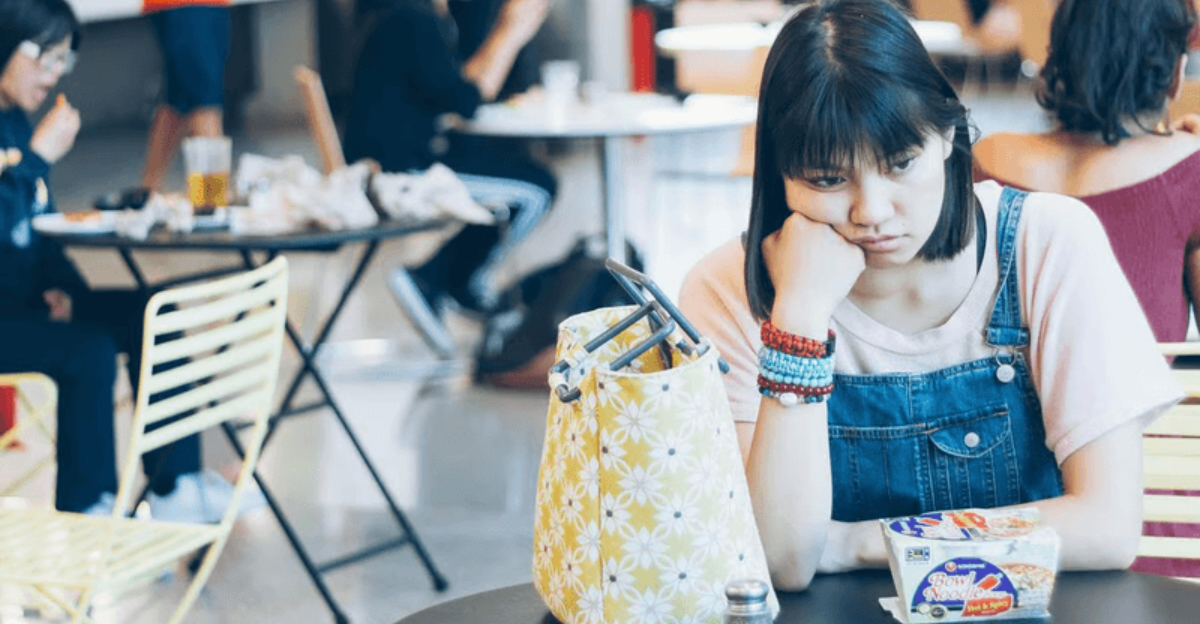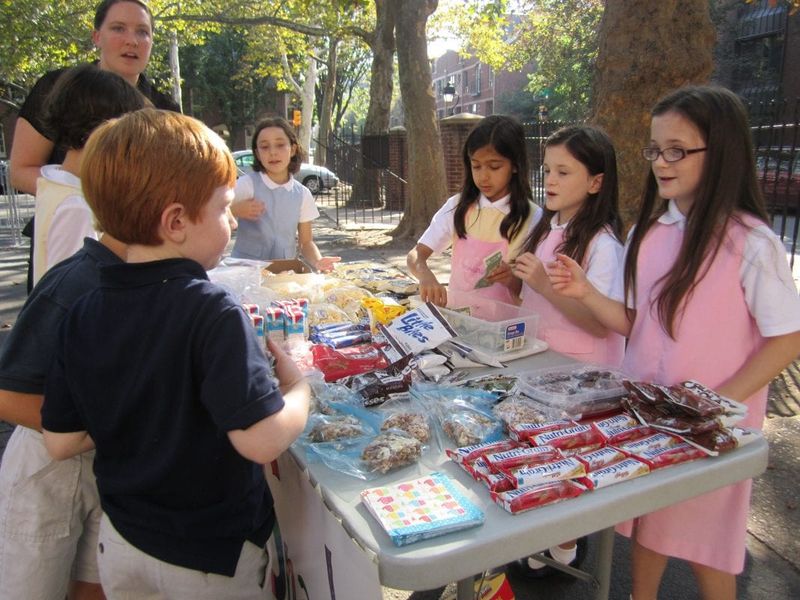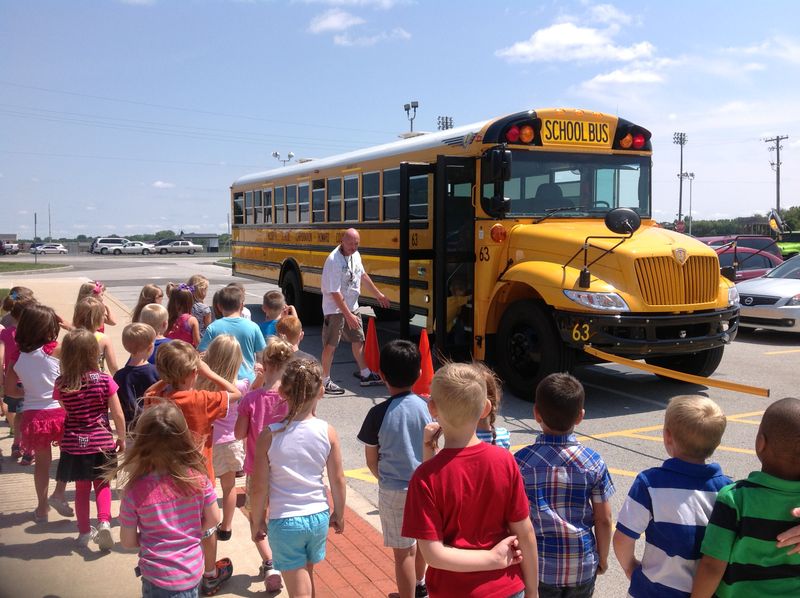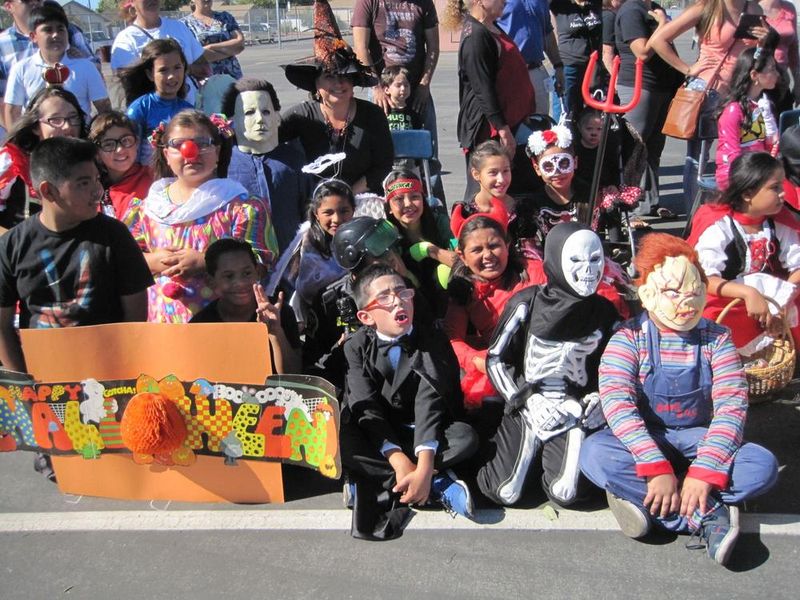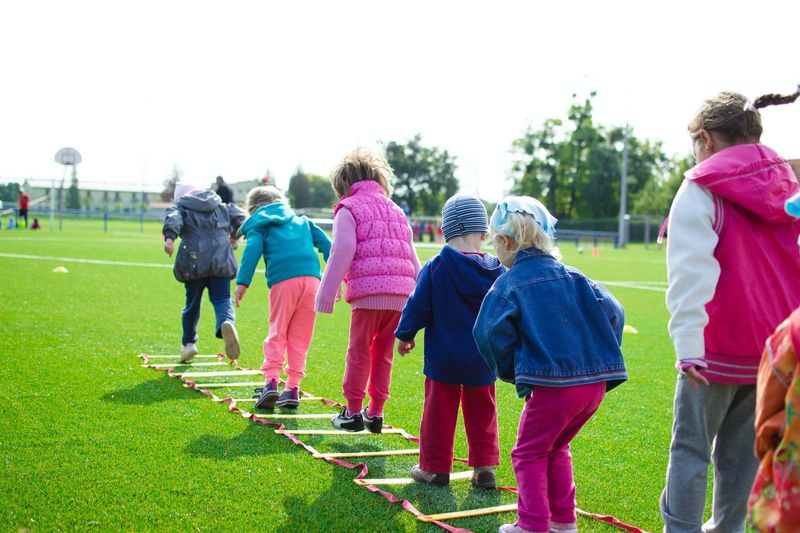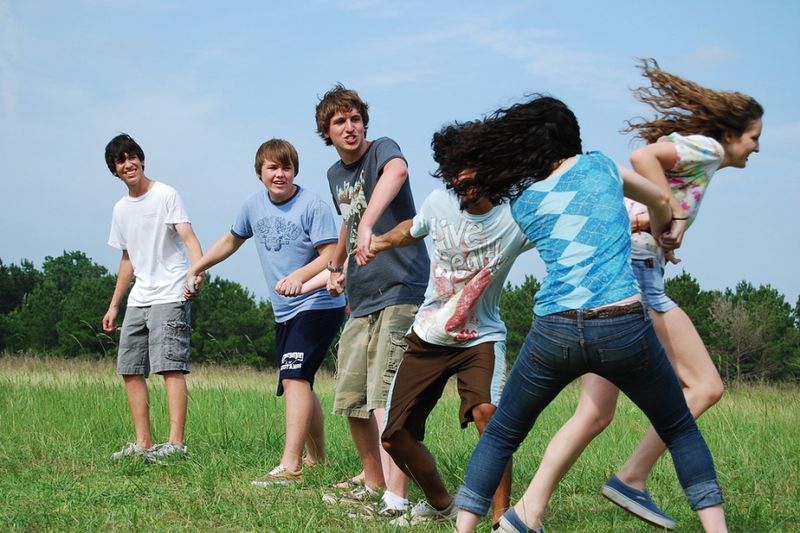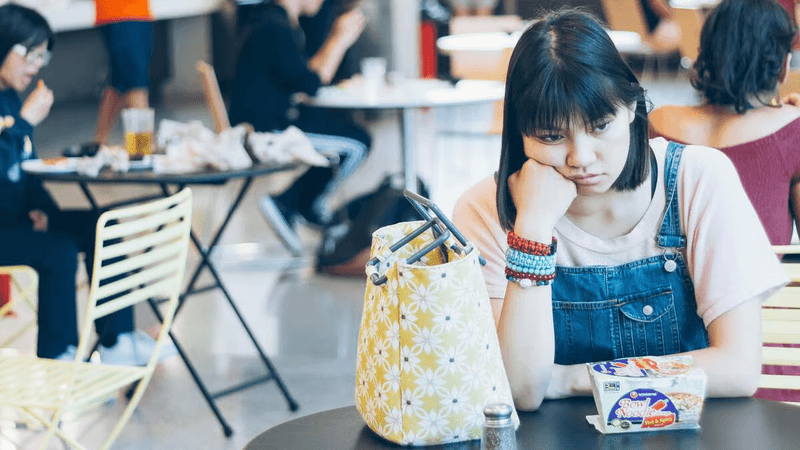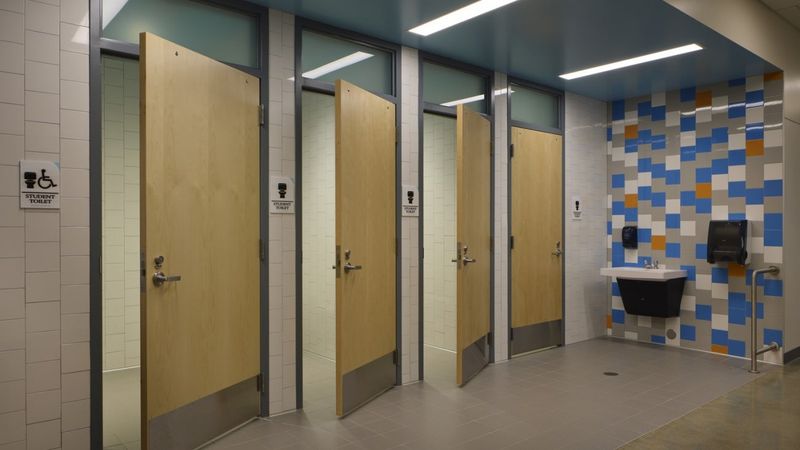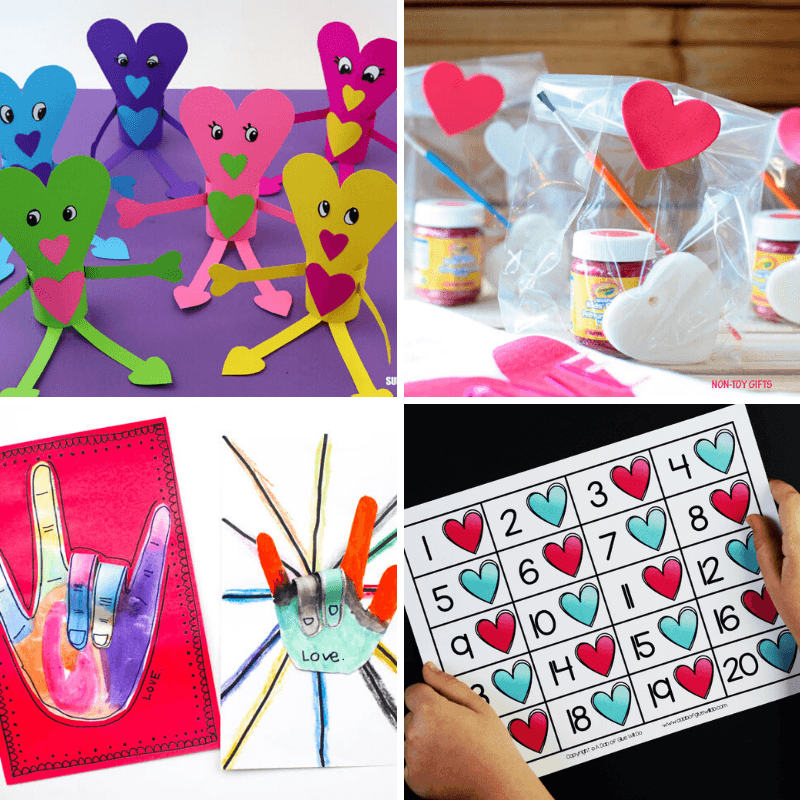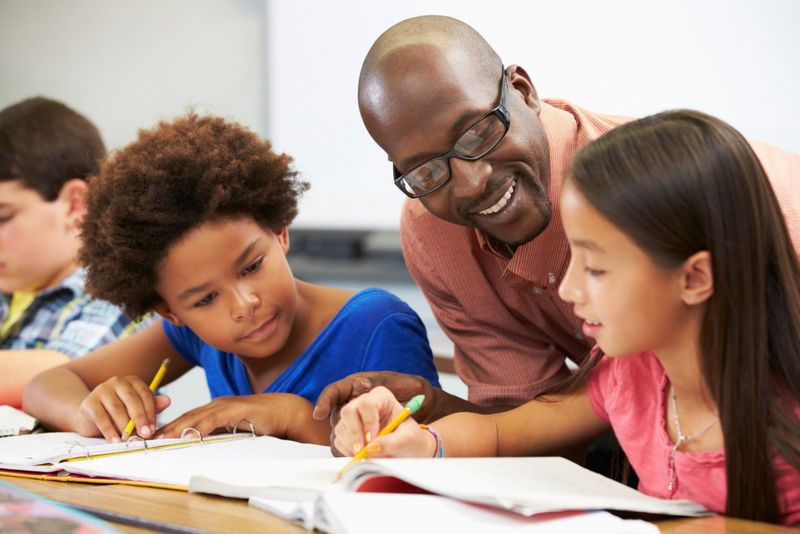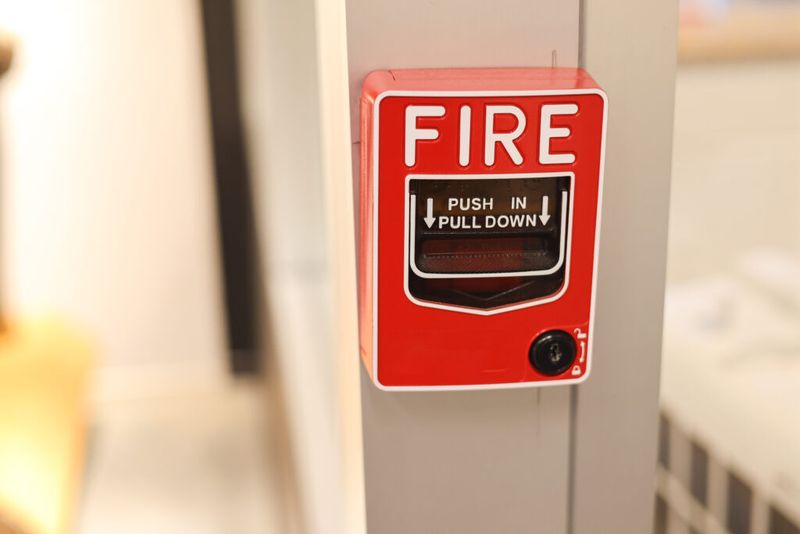Explore the evolving school traditions as parents and educators prioritize safety and inclusivity over longstanding practices. Discover the stories behind the shift and the new norms that are reshaping the educational experience for students and families.
1. Dodgeball
Once a gym class favorite, dodgeball has faced criticism for its competitive and sometimes aggressive nature. Many schools are phasing it out due to concerns about physical injuries and bullying. Parents worry about the potential for emotional distress caused by being targeted or excluded. As a result, gym classes are shifting towards more inclusive and cooperative games.
Instead of traditional dodgeball, schools are introducing activities that promote teamwork and skill-building. This change reflects a broader movement towards creating safer, more supportive environments where all students can participate without fear.
The dodgeball debate has sparked conversations about balancing fun with safety in physical education.
2. Jungle Gyms and Tall Slides
The thrill of climbing tall slides and navigating jungle gyms is being reevaluated as schools prioritize safety over nostalgia. Parents and educators express concerns about the risk of falls and injuries from outdated playground equipment.
In many districts, these tall structures are being replaced with safer, more accessible options. The new designs focus on lower heights and softer landing surfaces, ensuring children can play without unnecessary risks.
While some lament the loss of these classic playground features, the safety revolution emphasizes the importance of protecting young adventurers during their playtime.
The playground transformation symbolizes a cautious approach to child safety.
3. Homemade Bake Sales
Allergies and health regulations are reshaping the traditional school bake sale. Once a staple of fundraising, homemade treats are increasingly banned in favor of store-bought options to ensure food safety and compliance with health codes.
Parents may miss the charm of homemade cookies and cupcakes, but the shift reduces the risk of allergic reactions and contamination. Store-bought goods come with ingredient labels, offering peace of mind to parents and school administrators.
The move reflects a growing trend towards prioritizing student health and safety over tradition, even in seemingly harmless activities like bake sales.
4. Riding the Bus Alone in Kindergarten
Riding the bus alone has become a concern for parents of kindergarteners. Worries about supervision and safety have led to more parents choosing to drive or accompany their children.
The shift reflects broader societal fears about child safety in public spaces, and schools are listening. Districts are now offering more secure pickup and drop-off procedures to address parental concerns.
While riding the bus solo was once seen as a rite of passage, the emphasis now is on ensuring young children feel secure and supported as they begin their educational journeys.
5. Halloween Parades at School
Halloween parades, once a highlight of the school year, are changing in response to cultural sensitivity and inclusivity concerns. Schools are opting for “fall festivals” or non-costume events to accommodate diverse backgrounds and beliefs.
Parents appreciate the effort to avoid excluding children who don’t celebrate Halloween for cultural or religious reasons. These new events focus on seasonal themes and activities that include everyone.
While traditional parades are fondly remembered, the shift reflects a commitment to fostering an inclusive environment where all students can enjoy school events without feeling marginalized.
6. Competitive Field Days
Field days have long been a staple of school spirit, but their competitive nature is being rethought. Parents and educators are moving towards cooperative activities to reduce pressure and promote inclusion.
Instead of fierce competition, schools now focus on teamwork and skill-building, encouraging students to support one another. This shift helps protect self-esteem and fosters a sense of belonging among students.
While the thrill of competition is missed by some, the new approach prioritizes emotional well-being and ensures all children can participate without fear of failure or exclusion.
7. Unsupervised Recess
Unsupervised recess is becoming a thing of the past. Parents are advocating for increased supervision to prevent bullying and accidents. Schools are responding by providing more adult presence during playtime.
The shift ensures children have a safe environment where they can interact positively with peers. More supervision means quicker intervention if conflicts arise, reducing the risk of harm.
While some argue that free play fosters independence, safety concerns take precedence. The emphasis is on creating a supportive, secure playground experience for all students, where learning and growth can occur naturally.
8. Clapping Erasers and Chalk Dust Cleanup
The days of clapping erasers and inhaling chalk dust are fading as technology reshapes classrooms. Concerns about dust inhalation and outdated cleaning tasks have led schools to adopt smarter, tech-based teaching tools.
Chalkboards are being replaced by whiteboards and interactive displays, providing a cleaner, safer learning environment. Students now engage with content digitally, promoting a modern approach to education.
While some miss the tactile experience of chalk, the transition reflects an ongoing commitment to student health and innovative learning. The classroom evolution symbolizes progress in embracing digital advancements for future-ready education.
9. Parent-Run School Fundraisers
Liability concerns and time constraints have transformed school fundraising. The era of door-to-door sales and carnival booths is giving way to online campaigns. Parents appreciate the flexibility and safety of virtual fundraisers.
The shift allows for broader participation without the logistical challenges and risks associated with in-person events. Schools benefit from reaching a wider audience, maximizing fundraising potential.
While the sense of community from traditional events is missed, the modernization of fundraising reflects a practical adaptation to contemporary lifestyles and a focus on risk reduction for participating families.
10. Walking to School Alone
The tradition of children walking to school alone is diminishing due to concerns about traffic and safety. Parents are increasingly accompanying their kids, reflecting broader anxieties about stranger danger and busy streets.
Schools and communities are responding with initiatives to improve pedestrian safety, including crosswalks and crossing guards. While independence is valued, safety remains paramount in the decision to escort children.
The shift highlights an ongoing dialogue about balancing autonomy with precaution, ensuring students can enjoy their walk to school in a secure manner.
11. “Red Ink” Grading
The bold, red ink of traditional grading has softened in recent years. Educators are opting for colors like purple or green to provide feedback, as studies suggest red feels harsh and demoralizing.
The change aims to create a more supportive environment where students focus on constructive feedback rather than perceived failure. Parents and teachers alike support the move, emphasizing positive reinforcement and growth.
While some see red as a symbol of clarity, the broader educational trend is towards fostering a nurturing, encouraging learning atmosphere that embraces diverse feedback methods.
12. School Dances for Elementary Students
Elementary school dances are being reconsidered, as some parents view them as promoting early relationships and social pressures. Schools are shifting to inclusive events that emphasize group activities and fun.
The change aims to create a comfortable environment where young students can enjoy socializing without the pressure of traditional dance formats. Parents appreciate the focus on age-appropriate interactions.
While school dances were once seen as innocent fun, the emphasis now is on fostering a safe, inclusive space where all children can participate without feeling awkward or left out.
13. Public Academic Rankings
Public academic rankings, once displayed as “Top 10” boards, are being phased out to reduce pressure and stigma. Schools are moving towards private, personalized feedback that focuses on individual growth.
Parents and educators recognize the potential harm of public rankings, which can demoralize students and create unhealthy competition. The shift aims to celebrate achievements without comparing peers.
The emphasis is on fostering a supportive, collaborative learning environment where success is defined by personal progress rather than public accolades.
14. Birthday Treats in Class
Classroom birthday celebrations are changing, with many schools banning sweets due to food allergies and health concerns. Instead, healthier options like fruit are encouraged to ensure inclusivity and safety.
Parents support the shift, recognizing the importance of accommodating diverse dietary needs and promoting healthier habits. The new approach fosters a celebratory atmosphere without compromising student well-being.
While cupcakes are fondly remembered, the transformation highlights a commitment to safe, inclusive celebrations that prioritize health and happiness for all students.
15. Throwback Games Like “Red Rover”
Games like “Red Rover,” known for their physical nature, are being replaced by more inclusive, injury-free alternatives. Schools are focusing on activities that promote teamwork without the risk of harm.
Parents appreciate the shift towards games that all children can enjoy safely, without the fear of getting hurt. The new games emphasize cooperation and fun, aligning with modern educational values.
The transition reflects a broader commitment to creating a positive, supportive environment for students to engage in physical activity while ensuring safety and inclusion.
16. Silent Lunch as Punishment
The practice of silent lunch as punishment is being reconsidered in light of mental health awareness. Schools are moving away from isolation tactics, recognizing the importance of social interaction for student well-being.
Parents and educators advocate for positive discipline methods that encourage communication and reflection. The shift ensures that lunchtime remains a period of relaxation and connection.
While silence was once seen as a deterrent, the focus now is on fostering a supportive, inclusive environment where students can learn from their mistakes constructively.
17. Locker Rooms Without Supervision
Concerns about bullying and privacy have led schools to increase supervision in locker rooms. The shift ensures a safe, respectful environment where students can change clothes without fear.
Parents support the move, emphasizing the importance of monitoring to prevent negative interactions. Some schools are even opting to eliminate locker use altogether in favor of individual changing areas.
The change reflects a commitment to student safety and well-being, ensuring that all spaces within the school are conducive to positive experiences.
18. Valentine’s Day Card Exchanges
Valentine’s Day card exchanges, once a classroom staple, are being replaced by inclusive activities like “friendship day.” Schools aim to avoid exclusion and emotional discomfort associated with traditional exchanges.
Parents appreciate the focus on fostering friendships and avoiding romantic implications at a young age. These new celebrations emphasize kindness and inclusivity, aligning with broader educational goals.
While the charm of exchanging cards is missed, the shift highlights a commitment to ensuring all students feel valued and included during school celebrations.
19. Harsh Dress Codes
Harsh dress codes targeting specific styles are being revised amid calls for fairness and self-expression. Schools are moving towards more inclusive policies that respect diverse cultures and identities.
Parents and students support the change, emphasizing the importance of personal expression within appropriate boundaries. The shift ensures that dress codes reflect contemporary values and foster an environment of respect.
While some traditionalists express concern, the trend underscores a commitment to equity and understanding in the school community.
20. Letter Grades in Early Elementary
Some districts are rethinking the use of letter grades in early elementary, opting for skill-based feedback instead. This approach aims to reduce stress and promote a focus on personal growth.
Parents and educators support the shift, believing it fosters a more positive learning experience. The emphasis is on understanding and skill development, rather than competition.
While letter grades are a familiar metric, the change reflects a commitment to nurturing a love for learning in young students, free from the pressure of grades.
21. Fire Drills Without Warning
Fire drills without prior warning are being reconsidered to reduce trauma and avoid startling sensitive children. Schools now often provide advanced notice to ensure a calm, organized response.
Parents support the change, valuing the emphasis on preparation and mental well-being. The shift reflects a broader understanding of student needs and the importance of fostering a secure environment.
While surprise drills were seen as realistic, the focus now is on ensuring students feel safe and confident in emergency situations.
